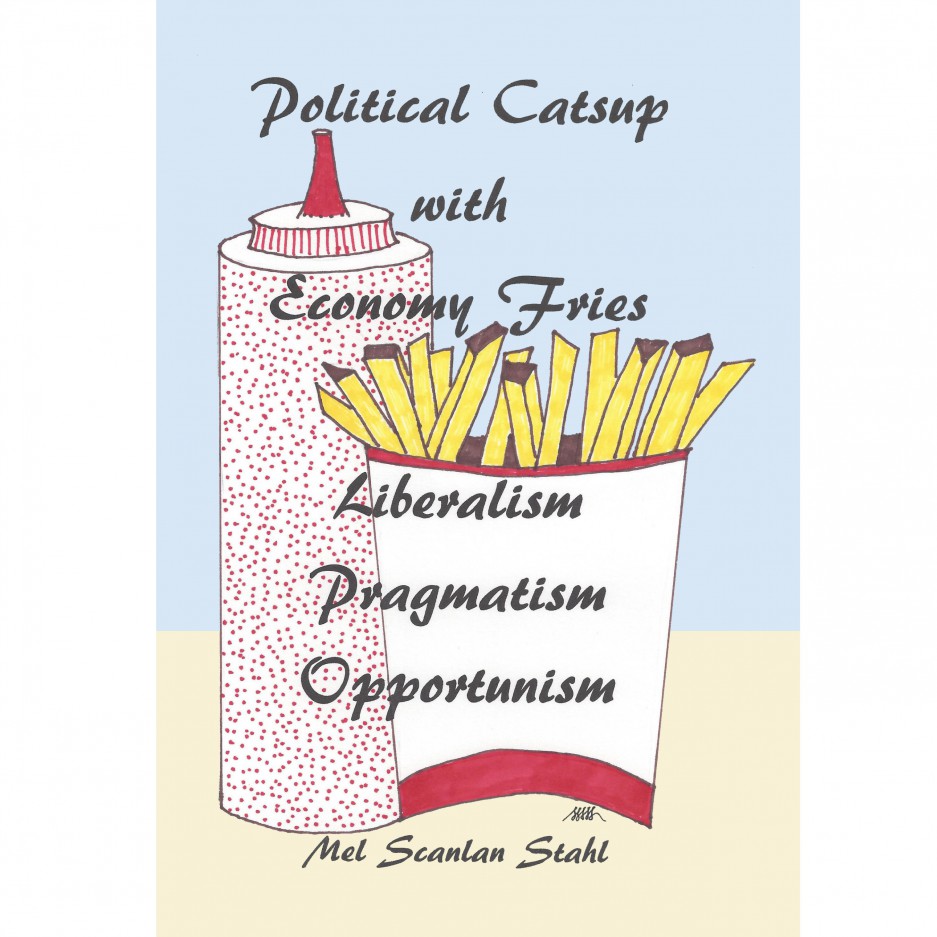Here we are. The day before Halloween. And Congress has played us a few tricks. The ACA hasn’t provided better care even though it has vastly increased healthcare insurance costs across the nation. It served to signal Congressional concern for the nation’s health. And political rhetoric opposing the repeal of the ACA continues to harp on about how much Congress cares. But instead of improving our healthcare opportunities, the ACA has been a way to centralize healthcare operations which has created more healthcare monopoly. It has also increased taxes. It has decreased the availability of doctors who are leaving medicine altogether and increased the cost of people’s doctor visits by encouraging more billable testing without helping people to have better health outcomes. Costs for health insurance and pharmaceuticals have continued to rise. People’s average life expectancy is falling across the United States. When the housing bubble happened, after the Federal Reserve and Congress removed Glass Steagall regulatory protections, a lot of people lost their mortgage investment as they were turned out of their homes. The cost of health insurance is now about the same as the cost that a mortgage used to be. In fact this high healthcare cost is keeping people out of housing. I call that a ghoulish policy outcome for the subprime mortgage crisis and the ACA.
Congress and the Federal Reserve also continue to monkey around with the monetary system and our federal budget. How can people in Congress imagine that more than 20 trillion in debt is good for our nation? In fact, why do they need to tax Americans at all since they never reduce government debt or government spending? If they plan to overspend forever in these astronomical amounts, why do they need to tax us–since our taxes do no good? Hear the wails of suffering in America and contrast them with the public’s forbearance to allow the nation’s budget malfeasance to continue. Hear those wails and consider them with the amount of our indebtedness that continues to go without payment because Congress so often refuses to shrink federal spending. Think of suffering moans when you hear empty political rhetoric about guaranteed wages for no work, free universal healthcare, and a free university education and ask yourself where the money to pay for those programs would come from. It would have to come from taxpayers. Congress isn’t benevolent and it clearly has pursued policies that diminish our nation’s prosperity. If you look at Congress’s policies, and you look at the lack of overall prosperity, you should recognize that Congress has finagled terrible economic outcomes that are hurting almost everyone. Reality can be more scary than Halloween fiction. It is scarier than Dracula or Freddy Krueger or a werewolf. Congress is the scariest of all. Is there a ghost of a chance that our economy can improve in the short-term?
Major news agencies continue to hammer on with a barrage of nasty comments about the Trump presidency. In fact, all news outlets have been so empty of rational or real content that I only listen now to hear whoppers that everyday convince me that there’s nothing of value in our news. Instead of telling us something useful or interesting, news has become a way to whip up hysteria. As economic interventionism by Congress has run its course, the market economy has continued to decline. In history, U.S. media gained in influence after the Civil War during the age of railroads. It was strengthened by improvements in transportation and communication that stimulated the second wave of the industrial revolution. It was borne along and empowered by our once strong market economy. But as our market economy has failed under the government’s fiat money system and economic interventionism, malinvestment has wasted economic resources and undermined the public’s interest in news feeds that aren’t remotely connected with “news people can use.” Our economy is a ghost of its once vibrant self.
Zero interest rate policy undermines savers and especially elderly people who have aged out of the labor market. Because ZIRP has gone on so long and because the ACA provides a way to support elderly people who need care but who can no longer pay for their care, I think that the combination of ZIRP and the ACA are another ghoulish policy combination. They suck the remaining life out of the financial assets of old Americans and show us the lengths to which our government will go to take away assets and money from people who can’t defend themselves from government maladaptations and government malfeasance. Growing poverty and helplessness among the American elderly are another policy outcome that will continue to haunt us.
If you want to learn more about how Neoliberalism came to prominence and influence in the United States, read Political Catsup with Economy Fries at Amazon.com.
